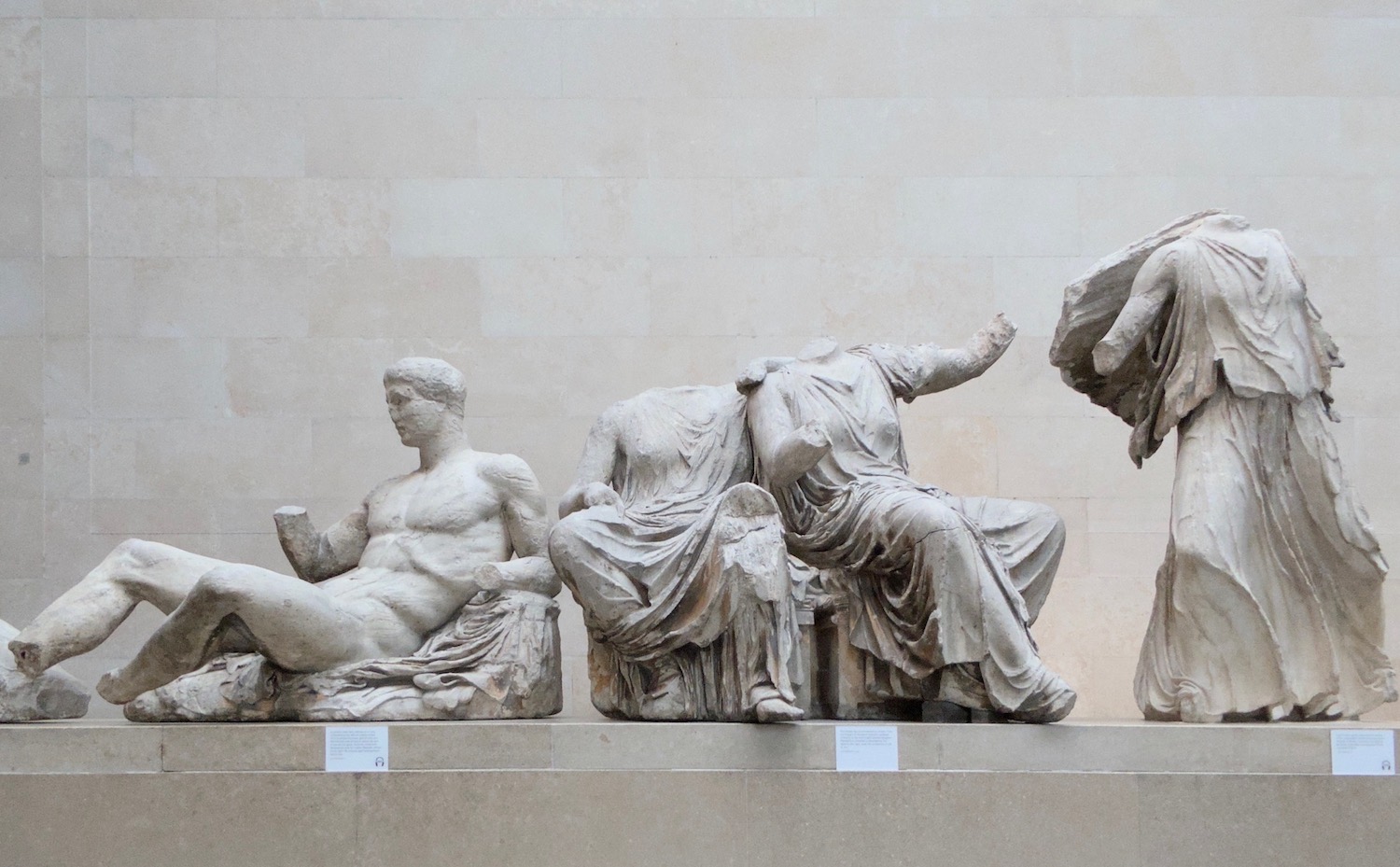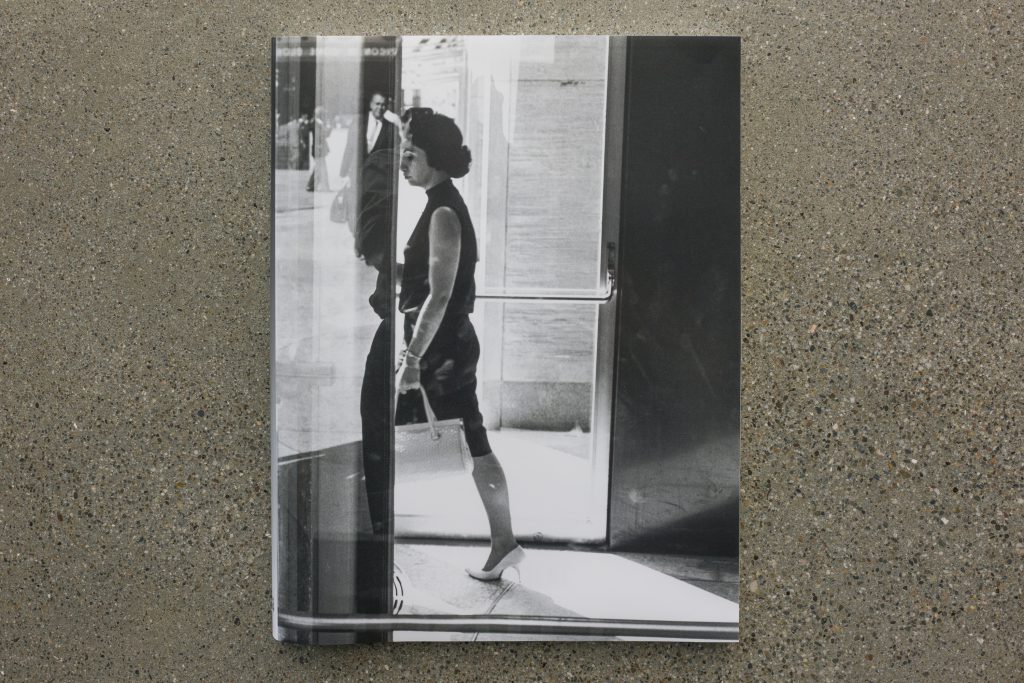Altar at Kliprivier, Soweto
2011 - Photography (Photography)
38 x 38 cm
Santu Mofokeng
Santu Mofokeng is a South African photographer. Mofokeng was born in 1956 in Soweto. He began his career as a street photographer when he was still a teenager, then worked as an assistant in a darkroom and later became a news photographer, working on the Apartheid. He was part of the collective Africapix From the “Radiant Landscapes” series, this work is part of Santu Mofokeng’s investigation on water. Polluted to a great extend in South Africa, water remains a synonym of purity and is part of many rituals.
The photographic artwork of Santu Mofokeng (b. Soweto, South Africa, 1956), also known as Mofokengâ, explores the complicated societal paradigm of South Africa. Exploring rural farm life, townships, religious rituals and the quotidian life of Black South Africans, Mofokeng’s artwork significantly contributes to a greater understanding of development and identity in the South African context. Mofokeng’s acute insight into the cultural meanings in landscape is testified in his mastership of the photographic medium. Using black and white film as a reference to the documentary genre and a gesture of resistance to the color-rich saturation of consumer culture, Mofokeng’s work presents new meanings on the trodden landscapes Soweto, favoring memory and identity over ownership and power. In highlighting the impoverishment of South African landscape in the face of capital expansion, Mofokeng’s photographs implore emancipation from the global oppression of greed.
Colors:
Related works sharing similar palette

© » KADIST
Leslie Shows
Human Quarry is a large work on paper by Leslie Shows made of a combination of acrylic paint and collage...
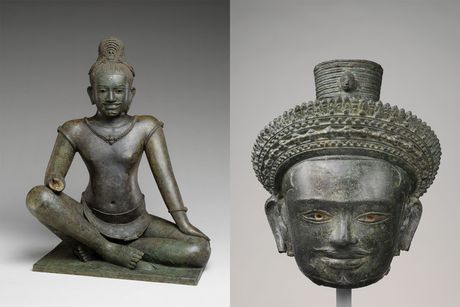
© » THEARTNEWSPER
The Metropolitan Museum will repatriate 16 Khmer sculptures to Cambodia and Thailand Art market Museums & heritage Exhibitions Books Podcasts Columns Technology Adventures with Van Gogh Search Search Antiquities trafficking news The Metropolitan Museum will repatriate 16 Khmer sculptures to Cambodia and Thailand The museum had been pressured and petitioned for years to return objects tied to smuggler Douglas Latchford Theo Belci 15 December 2023 Share Two antiquities with ties to the late dealer Douglas Latchford—the Bodhisattva Avalokiteshvara Seated in Royal Ease from the tenth or eleventh century (left) and the Head of Avalokiteshvara, the Bodhisattva of Infinite Compassion from the tenth century (right)—will be repatriated by the Metropolitan Museum of Art Metropolitan Museum of Art The Metropolitan Museum of Art has begun the repatriation process for 16 sculptures previously held in its permanent collection, returning 14 to Cambodia and two to Thailand...

© » KADIST
Vivian Suter
Vivian Suter paints her canvases and then allows them to come in contact with natural elements...

© » KADIST
Takahiro Iwasaki
2010Tectonic Model is made from a number of leather bound books piled up in different formations that resemble architecture on top of a sawhorse desk...
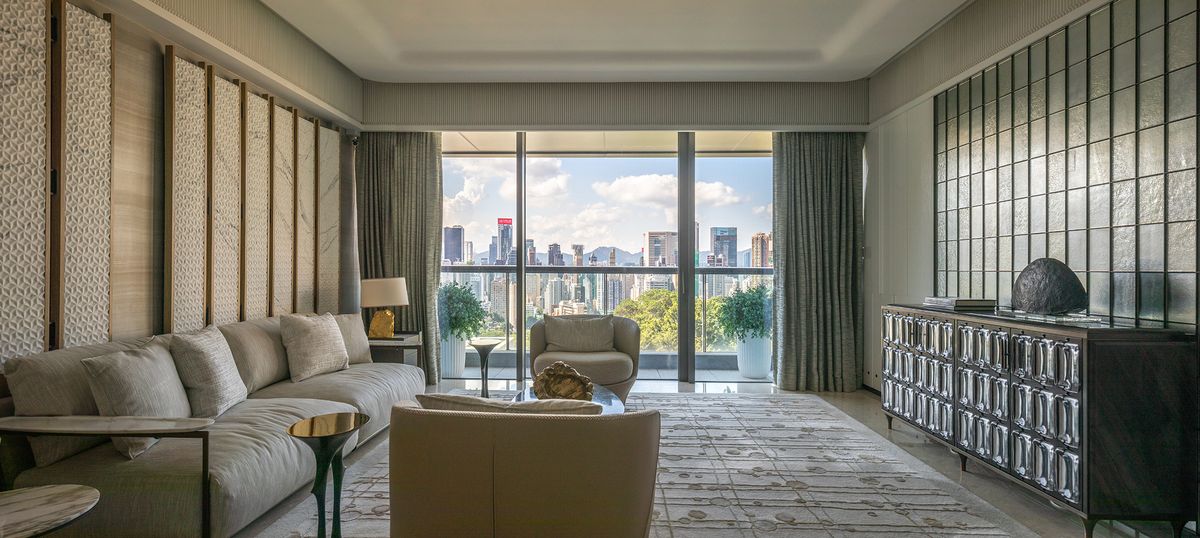
© » WALLPAPER*
Tour La Maison Blanche by Cream | Wallpaper (Image credit: Cream) By Ellie Stathaki published 17 December 2023 Architect Antony Chan’s newest project, La Maison Blanche, is an apartment transformation tailor made for the scheme's location and long vistas – as it sits nestled high above the rooftops in the mid-level area of Hong Kong...

© » ARTS EQUATOR
Yangon's well loved Palace of Literature (via The Myanmar Times) | ArtsEquator Thinking and Talking about Arts and Culture in Southeast Asia Articles October 3, 2018 The four storey yellow painted building with big masonry work of books in black and white pages for its motif loomed high at the corner of Merchant Road and 37th street...
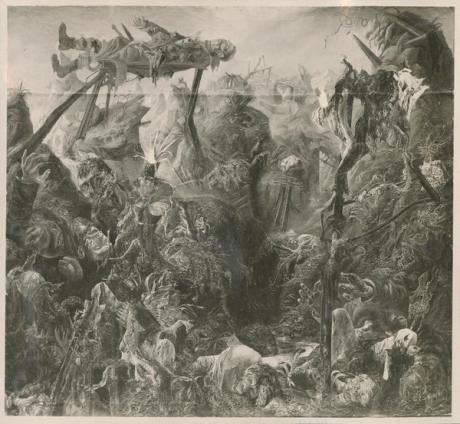
© » THEARTNEWSPER
German Academy of Arts opens Otto Dix archive—and recalls a scandal Art market Museums & heritage Exhibitions Books Podcasts Columns Technology Adventures with Van Gogh Search Search Otto Dix news German Academy of Arts opens Otto Dix archive—and recalls a scandal Dix’s war painting The Trench, lost during the Second World War, is in focus at the opening Catherine Hickley 7 February 2024 Share Otto Dix's Der Schützengraben (The Trench) (1923) provoked a strong reaction when it was first displayed 100 years ago Photo: Hugo Erfurth, Akademie der Künste Berlin, Otto-Dix-Archiv A century after Otto Dix’s First World War painting The Trench (1923) provoked an outcry when it was displayed at the Prussian Academy of Arts in Berlin, the institution's successor, the Germany Academy of Arts , is opening to the public the inventory of the artist's works that he compiled—somewhat grudgingly...
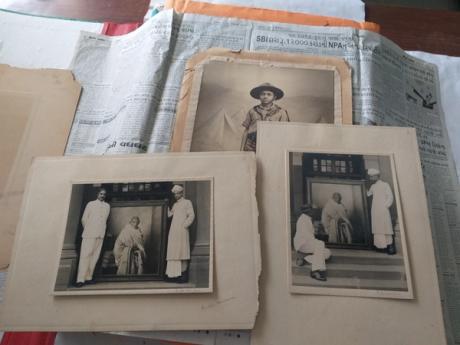
© » THEARTNEWSPER
A fragile resource: new Pattani Archives space offers rare glimpse into world of influential Indian royal family Art market Museums & heritage Exhibitions Books Podcasts Columns Technology Adventures with Van Gogh Search Search Archives news A fragile resource: new Pattani Archives space offers rare glimpse into world of influential Indian royal family The venue will bring together photographs, works of art, political documents and more that showcase art in the country as it transitioned through independence Malcolm Cossons 13 December 2023 Share Photographs discovered in the Pattani archives feature Mahatma Gandhi Courtesy of Pattani Archives Avni Pattani recalls the moment, in 2020, when she found masses of papers piled inside a house once owned by a family member in Bhavnagar in Gujarat, on the northwestern coast of India...







